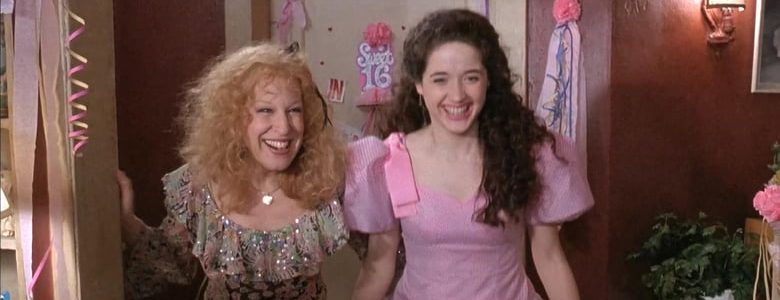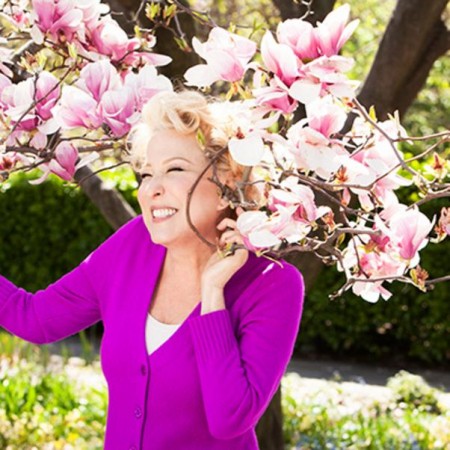Uptowner
East Harlem Garden Opens After Getting the Bette Midler Treatment
By Ines Perez on Oct 31st, 2011
Tiny hands wrapped around the green bars at the gate, as expectant children absorbed in silence the scene unfolding at the 103rd Street Community Garden in East Harlem. “It’s O.K.,” said the nice, blond guy some of them had come to know. “You can come in.”
He didn’t need to say it twice. With shrieks of excitement, a pack of five or six kids burst into the garden and hurried to the playground. Soon, more would follow.
“Welcome to the open garden,” Christopher Gallup, representative of the New York Restoration Project, told the members of the 103rd Street garden group. “Our construction guys are done.”
Owned by the New York Restoration Project, a non-profit organization that reclaims and restores city’s parks and open spaces, the garden recently underwent extensive renovations.
Although the ribbon-cutting took place weeks ago, workers had been finishing up a few details. Rain had prevented them from painting the lines on the basketball court, for instance. “They had to wait for a nice day,” Gallup explained.
Handing over the keys to garden coordinator Robert Cruz, Gallup said it was now up to residents to determine fall hours. “You guys have the control going forward,” he said.
It was a lower-wattage event than when Bette Midler, dressed in a bright green trench coat and wielding a large pair of gardening shears, cut the inaugural ribbon last month during the opening ceremony amidst cheering and laughter from an expectant crowd. “An event I never thought I would live to see,” an amused Midler, founder of the New York Restoration Project, said as she snipped.
It had been 12 years since the project took over the plot on East 103rd Street and Park Avenue. “It was under a cloud and had been under a cloud for a lot of years,” Midler explained, referring to a lien on the property that delayed renovation plans.
During the celebration, screaming kids of all ages went up and down the green and purple slides and climbed monkey bars in the new playground under their parents’ watchful eyes, as grownups praised the garden’s new look.
“It’s gorgeous!” resident Ana Rodriguez, 63, said in Spanish. “They redid it completely.”
The new garden, divided into four spaces, provides a refurbished basketball court, planting beds for flowers and vegetables, the playground and open space for public gatherings and events.
Local resident Lili Ramirez, 47, said the newly-renovated space brought life to the neighborhood and allowed both children and adults to socialize. “We make friends, too,” she said in Spanish.
Complying with New York Restoration’s vision of “creating sustainable landscapes,” the construction crew also built a new irrigation system, bathroom facilities, drinking fountain and on-site composting barrels, project manager Jared Vazales said.
“From what it was to where it is now, it took a lot of planning, a lot of thinking, and it’s here,” said Cruz. “When I first saw it, it looked like it had been neglected.”
Founded in 1995, the New York Restoration Project has played an important role in the city’s greening.
In 1999, when Mayor Rudolph Giuliani decided to auction off 114 community gardens citywide, many environmental organizations, private and corporate foundations and city residents came to their rescue. Working with the Trust for Public Land, the Project helped raise over $3 million and took title to 52 of those garden spaces, including the one on 103rd Street.
The Walt Disney Company Foundation provided a $300,000 grant to renovate the space, said Colleen Russell Criste, New York Restoration Project vice president of external affairs.
Teaming up with the landscape architecture firm SCAPE, the project met with community members in March to present the initial designs. Local residents submitted their suggestions, “even kids!” said Criste.
Though it’s officially open until Thanksgiving, Cruz says the group will keep the garden open “possibly into the winter,” arguing that it would be the ideal place for children to play when it snows. “They can run around without running into the street.”
Midler called the garden “a testament to the hard work, the vision and the determination” of the neighborhood, the organization and its partners. “Use it in good health!”








